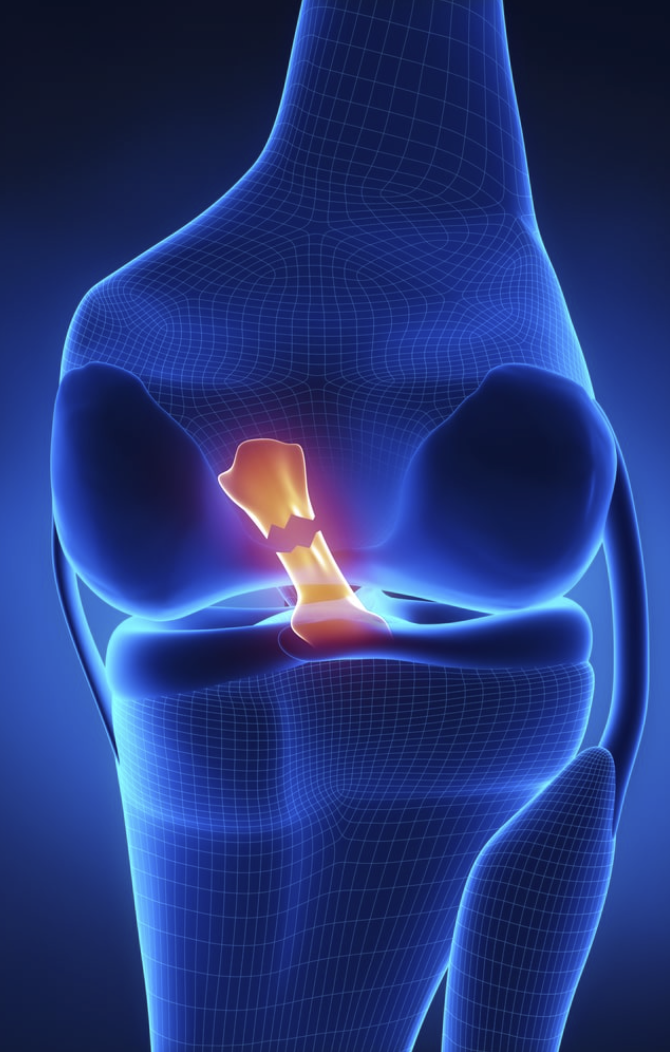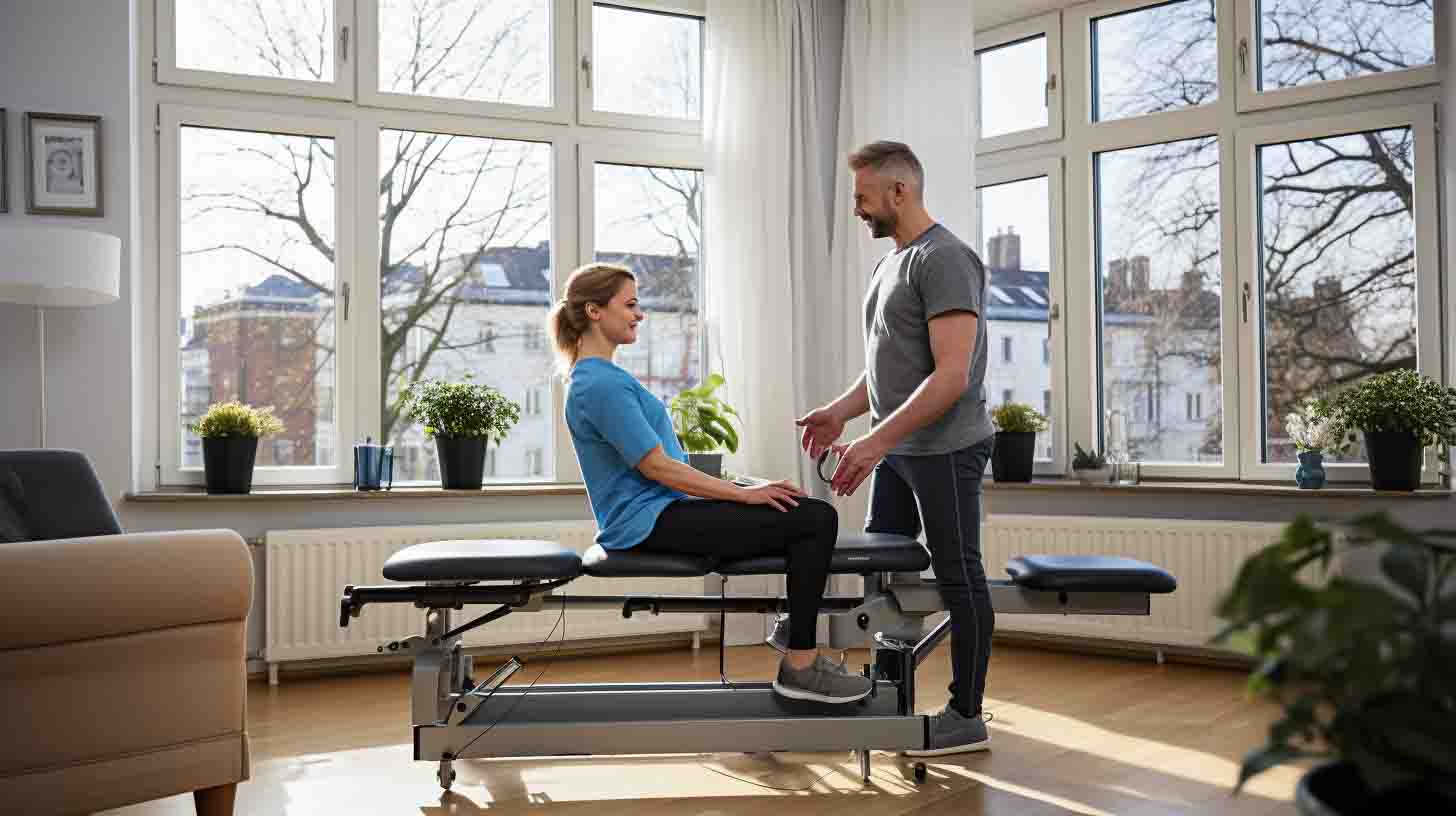High-Tech, Affordable Knee Ligament Diagnostics & Treatment Arthrometers for Modern Healthcare
ACL Diagnosis. Reimagined Through Motion.
Backed by Science. Globally Trusted.
A New Era in Surgical Planning
Global Reach. Real Impact. Every Day.
Safe Testing. Post-Op Clarity. Real-Time Rehab.
Our robotic arthrometers evaluate ACL integrity in real-time motion, going beyond static imaging to expose subtle ligament damage often missed in early diagnosis.
Over 70 studies published on PubMed since 2009. From elite sports centers to university hospitals, our technology has been at the heart of clinical studies across the world.
Surgeons can now quantify tibial rotation and translation under load — unlocking functional planning that was never possible with MRI or clinical exams.
Our robotic arthrometers are used in over 60 countries by leading orthopedic surgeons, sports medicine clinics, and research centers — integrating precision into real-world ACL care.
Unlike manual tools, our system applies predefined forces to assess ACL recovery — ensuring no guesswork and no risk to the graft. Objective, low-load testing supports safer rehabilitation.





